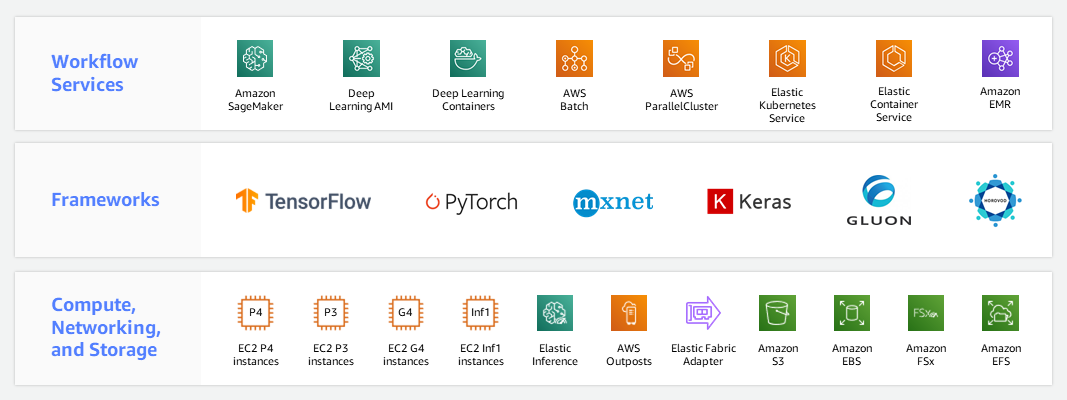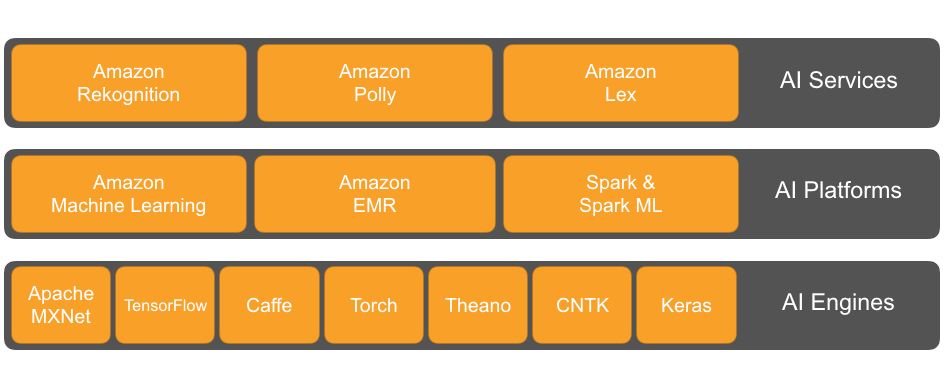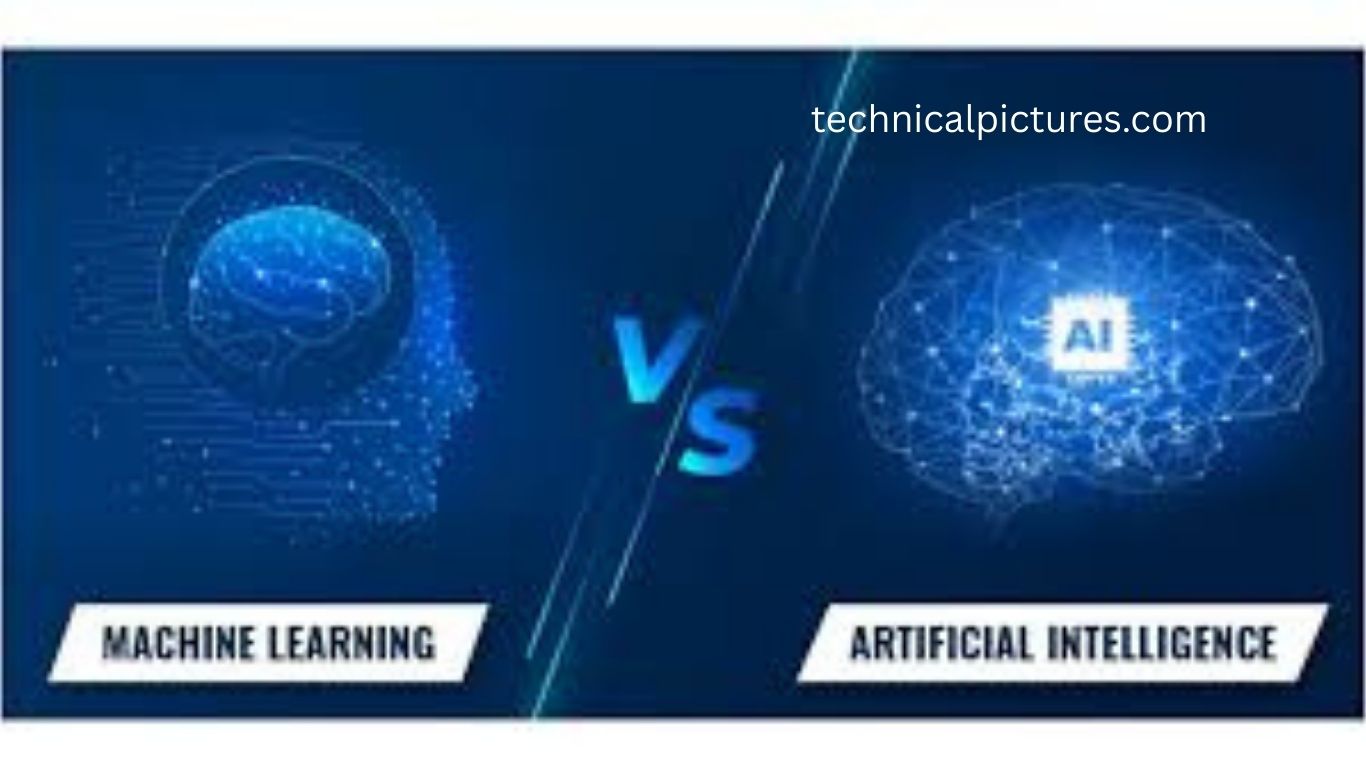Artificial intelligence (AI) and machine learning (ML) are two of the most transformative technologies of our time. While people often use the terms interchangeably, they are not the same. AI is the broader concept of machines that simulate human intelligence, while ML is a subset of AI that enables systems to learn from data and improve over time. Understanding the differences, similarities, and real-world applications of both is crucial for businesses and individuals looking to embrace digital transformation.
Read More: AI Ethics: Finding the Right Balance Between Progress and Accountability
What Is Artificial Intelligence?
Artificial intelligence refers to the science of creating systems capable of mimicking human intelligence. From smart assistants like Alexa and Siri to self-driving cars and robotic vacuum cleaners, AI covers a wide range of technologies designed to replicate tasks that normally require human reasoning, perception, or decision-making.
AI systems rely on a mix of algorithms, logic-based programming, and advanced models to perform tasks such as problem-solving, speech recognition, natural language processing, and computer vision. Essentially, AI is the “umbrella” technology that encompasses various approaches, including machine learning, deep learning, expert systems, and genetic algorithms.
What Is Machine Learning?
Machine learning is a specialized branch of AI that focuses on teaching machines to learn from data. Instead of being explicitly programmed for every task, ML algorithms identify patterns in historical data and make predictions or decisions based on those insights.
For example:
A property pricing model uses ML to estimate house values by analyzing past sales, floor plans, and neighborhood data.
Retailers rely on ML to forecast demand by recognizing customer buying patterns.
Machine learning is about continuous improvement—models become smarter and more accurate as they process more data. However, it remains a narrower field than AI, limited to data-driven learning and prediction.
Similarities Between AI and ML
Although AI and ML are distinct, they share important similarities:
- Humanlike Problem-Solving – Both replicate human intelligence by making sense of complex information and generating precise outcomes. For instance, AI powers a self-driving car, while ML predicts real estate prices.
- Computer Science Foundations – Both fields are rooted in computer science, focusing on creating intelligent systems capable of interpreting and analyzing data.
- Cross-Industry Applications – AI and ML drive innovation across healthcare, finance, logistics, agriculture, and entertainment. From fraud detection to chatbots, their impact is seen across sectors.
Key Differences Between AI and ML
Although they overlap, AI and ML have different goals, methods, and applications.
Objectives
AI: Designed to replicate complex human tasks such as decision-making, reasoning, and problem-solving.
ML: Focused on analyzing vast datasets to identify patterns and make predictions with measurable accuracy.
Methods
AI Methods: Include search algorithms, expert systems, genetic algorithms, deep learning, and natural language processing.
ML Methods: Primarily categorized into supervised and unsupervised learning. Supervised learning uses labeled data to train models, while unsupervised learning explores patterns in unlabeled data.
Implementation
AI: Often comes in prebuilt forms, available through APIs that developers can integrate into apps and services.
ML: Typically requires custom training. Data scientists select datasets, build models like decision trees or regression algorithms, and refine them over time.
Requirements
AI: Infrastructure requirements vary widely, depending on the task and method. Some solutions need thousands of machines working together.
ML: Generally requires large, high-quality datasets and significant computational power, though smaller projects can run on limited resources.

Getting Started with AI and Machine Learning
Organizations exploring AI or ML should begin with a clear problem statement. Identify business challenges—whether customer segmentation, fraud detection, or predictive maintenance—and assess the type of data available.
Data preprocessing is critical for success. Clean, structured, and labeled data improves model accuracy. Thanks to cloud services, businesses no longer need to build expensive infrastructure. Platforms such as Amazon Web Services (AWS) provide on-demand resources to develop, train, and deploy AI/ML solutions efficiently.
Business Applications of AI and ML
Common Machine Learning Applications
- Customer Segmentation: Analyze customer behavior and preferences to personalize marketing campaigns.
- Fraud Detection: Identify unusual transactions in real-time, reducing financial risks.
- Sentiment Analysis: Process customer feedback to refine products and strategies.
- Predictive Maintenance: Forecast equipment failures and schedule maintenance proactively.
Common Artificial Intelligence Applications
- Chatbots: Provide instant customer support and handle routine inquiries.
- Speech Recognition: Convert spoken words into text for meetings, dictation, or accessibility.
- Computer Vision: Enable facial recognition, quality checks in manufacturing, or biometric security.
- Personalization Engines: Recommend products, content, or services based on user behavior.
Summary of differences: AI vs. machine learning
| Artificial Intelligence | Machine Learning | |
| What is it? | AI is broad term for machine-based applications that mimic human intelligence. Not all AI solutions are ML. | ML is an artificial intelligence methodology. All ML solutions are AI solutions. |
| Best suited for | AI is best for completing a complex human task with efficiency. | ML is best for identifying patterns in large sets of data to solve specific problems. |
| Methods | AI may use a wide range of methods, like rule-based, neural networks, computer vision, and so on. | For ML, people manually select and extract features from raw data and assign weights to train the model. |
| Implementation | AI implementation depends on the task. AI is often prebuilt and accessed via APIs. | You train new or existing ML models for your specific use case. Prebuilt ML APIs are available. |
How AWS Supports AI and ML
Amazon Web Services (AWS) offers a comprehensive ecosystem to help organizations implement AI and ML at scale:
- Amazon Sage Maker: End-to-end platform for building, training, and deploying ML models.
- Prebuilt AI Services: APIs for speech recognition, computer vision, translation, and chatbots.
- Scalable Infrastructure: On-demand compute and storage for both experimental and enterprise-scale solutions.
By leveraging AWS, organizations reduce costs, speed up innovation, and scale their solutions globally without heavy upfront investment.

Frequently Asked Questions:
Are AI and machine learning the same?
No. Artificial intelligence (AI) is a broader concept focused on creating systems that mimic human intelligence, while machine learning (ML) is a subset of AI that enables machines to learn from data.
What is the main difference between AI and machine learning?
AI is about simulating human-like intelligence to perform complex tasks, while ML is specifically about analyzing data, identifying patterns, and making predictions.
Can AI exist without machine learning?
Yes. AI includes many approaches beyond ML, such as rule-based systems, expert systems, and genetic algorithms. However, modern AI often relies on ML for accuracy and adaptability.
What are examples of AI applications?
Examples include chatbots, self-driving cars, voice assistants like Siri or Alexa, fraud detection systems, and facial recognition technology.
What are examples of machine learning applications?
Machine learning is used in customer segmentation, predictive maintenance, recommendation systems (like Netflix or Amazon), demand forecasting, and spam email filtering.
Is machine learning harder to implement than AI?
Not necessarily. AI can be complex and broad, while ML projects usually focus on training models with specific datasets. Both require quality data, computational resources, and expertise.
Which industries benefit most from AI and ML?
Healthcare, finance, e-commerce, manufacturing, transportation, and customer service sectors are leading adopters, using these technologies for automation, prediction, and personalization.
Conclusion
Artificial intelligence and machine learning are often linked, but they serve different purposes. AI is the broad vision of creating systems that act with humanlike intelligence, while ML is a practical branch of AI that learns from data and improves over time. Both technologies drive innovation across industries—from healthcare and finance to retail and transportation—by enabling smarter decisions, personalized experiences, and efficient operations.

